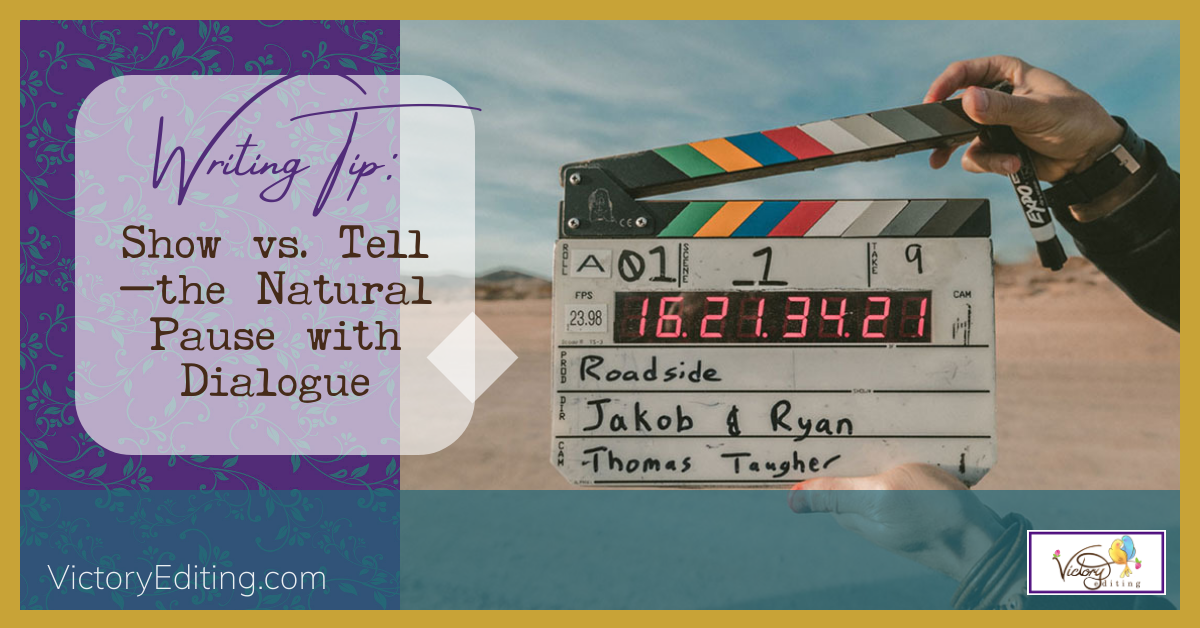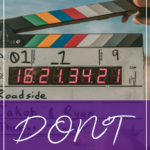Using “paused” as an action beat seems a little like an oxymoron, but I digress.
If you use an action beat or a dialog tag, you have inserted a “natural pause” into your dialog. What do I mean by this? Basically this: if we’re reading dialog and the character stops speaking and does something, or even if there’s just a tag, then we, the reader, have paused when reading the dialog. Because of this, there really isn’t a need to put “he paused” in your dialog.
Consider these examples:
“With any luck,” Anne paused and crossed her fingers, “we’ll get there on time.”
Firstly – we can’t punctuate an action beat as a dialog tag (i.e. you need either a dialog tag (said or similar) or you need ellipses, or some other workaround if you want to use commas). But, more importantly, that “paused” is wholly unnecessary.
“With any luck,” Anne said and crossed her fingers, “we’ll get there on time.”
Much better! It’s now punctuated correctly, and that pause is built right in. 🙂
There are lots of other action beats you can use, too, when you need a pause. People fiddle with their silverware, look out windows, wiggle their eyebrows, fidget–and all of those little movements can convey so much more than a pause (nerves, joking, lost in thought, you name it).
Photo by Jakob Owens on Unsplash
[Sassy_Social_Share_Premium]



[…] If you use an action beat or a dialog tag, you have inserted a “natural pause” into your dialog. Basically this: if we’re reading dialog and the character stops speaking and does something, or even if there’s just a tag, then we, the reader, have paused when reading the dialog. via […]
[…] Is pause a dialogue tag? […]
Hi!
A dialogue tag is a verb that indicates someone is speaking. It’s a bit more complicated than that grammatically, but some examples are said, asked, replied, shouted, whispered.
Hi! No, pause is not a dialogue tag. It’s an action beat.